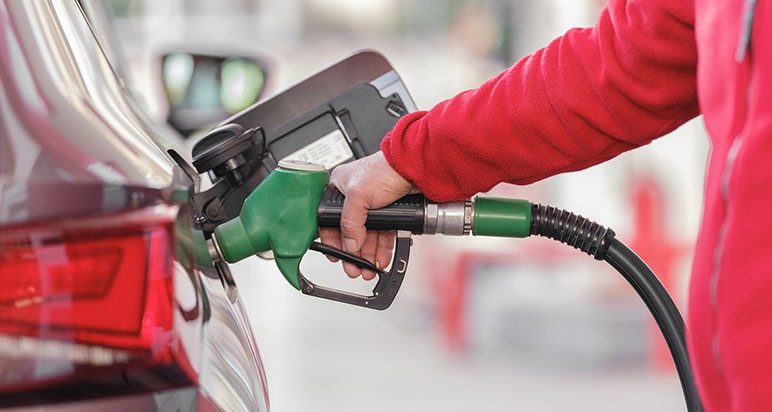Fuel prices at the pump have gone up by over 11% per litre, while margins and spreads show a mixed picture, according to the Competition and Markets Authority’s (CMA’s) first monitoring report on road fuel.
In July the CMA recommended a monitoring body be established to report on the state of the road fuel market as a part of proposals to revitalise competition in the road fuel market. The UK government accepted the recommendation, which the CMA is putting into action on an interim basis, and without compulsory information gathering powers, while the scheme awaits formal legislation.
The CMA received responses from: Applegreen – Petrogas, Asda, BP, Esso, Euro Garages, Morrisons, Motor Fuel Group, Rontec, Sainsburys, Tesco, and Welcome Break. However, Shell and Moto-Way did not respond.
The report found that while pump prices for both petrol and diesel have increased 11.1 pence per litre (ppl) for petrol and 13.9ppl for diesel since May 2023, this can be divided into two separate periods. During June, July and August, this appears to have been driven by global factors such as increased crude oil prices. Wholesale prices then reduced in September and October while retail prices did not. The CMA said that while it is too early to draw definitive conclusions, this could indicate a lack of competitive response from fuel retailers if this trend continues.
For petrol, prices have increased from 142.9ppl at the end of May 2023 to 154.0ppl at the end of October 2023. For diesel, pump prices at the end of May stood at 147.9ppl and had increased to 161.8ppl by the end of October.
The CMA looked at the fuel margins of supermarkets – the difference between what a supermarket pays for its fuel and what it sells at – from the start of 2023 up to August 2023. The data shows that the fuel margins of supermarkets reduced over the period June – August. Margin data is not yet available for September and October and relies on voluntary information sharing by the retailers.
In the period from May to August, average fuel margins fell around 4.5ppl from an average of 11.9ppl in May and 7.3ppl in August. However, August margins remain higher than those for any year prior to 2021.
During September and October, the CMA observed significant increases in retail spread – the average price that drivers pay at the pump compared to the benchmarked price that retailers buy fuel at – for both petrol and diesel. In both cases, the retail spread at the end of October was significantly higher than the long-term average of 5-10ppl. While it is expected that the retail spread will increase and decrease in response to volatility in wholesale prices, over time pump prices should track wholesale prices if retail competition is effective. If retail spreads were to remain at these levels for much longer, this would cause concern about the intensity of retail competition in the sector.
Sarah Cardell, Chief Executive of the CMA, said: “Drivers are feeling the pain again as petrol prices at the pump have been on the rise since June. The underlying data shows a mixed picture in terms of what is driving this. Over the summer we saw rising wholesale costs, but more recent trends give cause for concern that competition is still not working well in this market to hold down pump prices. We will be monitoring and reporting further on this in our next update.
“As our year-long, in-depth study showed, this is a market where competition is not working as well as it should. But while today’s first monitoring report is an important step, it is based on voluntary information and is missing some major fuel retailers. That’s why it is so important that a permanent fuel monitor – with powers to demand information from all retailers – is put in place to give a fuller picture of how the market is working.”
In addition, the temporary pricing data scheme set up by the CMA now has 12 retailers participating, representing approximately 40% of UK forecourts and more than 60% of fuel sold. The data is used by third parties such as petrolprices.com and the AA, providing pricing information in an open, transparent manner. The UK government has committed to legislating for a mandatory, real-time pricing data scheme and will consult on it later this year.








